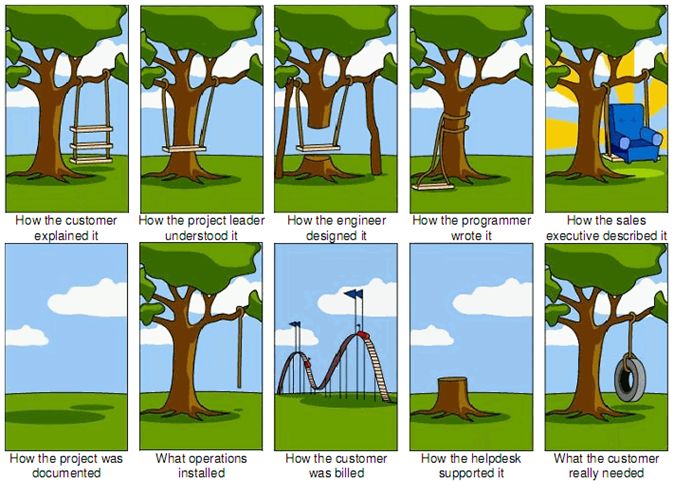“Nothing can be communicated without all seven steps of communication.”
While many website will identify 5 steps in communication, I find that they leave out vital communication information.
Let’s take a look at the seven stages of the communication process in more detail:
- Source. This is the ideas, message, intent that the originator of the communication has. For example, what and why and I writing Is Evolution A Theory?
- Encoding. This includes putting the message in a format that the receiver will easily, clearly, and simply understand or “decode”.
- Channel. There are countless different channels that I can use to send my message. Each has different strengths and weaknesses. Channels include: verbal, written, video, photo, charts, graphs and illustrations. Each of these channels and more specific method such as face to face, telephone and video conference.
- Decoding. Decoding a message is as much a skill as encoding. Actively listening is important because this is the stage where most communication failure occur. The cause can be anything from a lack of background knowledge to lack of focused listening.
- Receiver. You (the encoder) want your receiver to react in a certain way or take a specific action (otherwise, why send your message). Every receiver in the Communication Process brings with them their own ideas and feelings. This influences their understanding of and their response to your message.
- Feedback. Your receiver will likely give you feedback to your message. Good or bad, verbal or nonverbal, pay attention. You want to know if your receiver truly understood your message.
- Context. This is the situation in which you deliver your message. Whether the message is in a time of war or on the stage of a comedy club, context is critical. How many time have you read about someone who is in hot water for what he/she said say, “that was taken out of context.”?
So you are asking why is this important to Is Evolution A Theory? Glad you asked. Let me quote an article entitled, “How do genes control the growth and division of cells?” from MedilinePlus.
“A variety of genes are involved in the control of cell growth and division. The cell replicates itself in an organized, step-by-step fashion known as the cell cycle. Tight regulation of this process ensures that a dividing cell’s DNA is copied properly, any errors in the DNA are repaired, and each daughter cell receives a full set of chromosomes. The cell cycle has checkpoints (also called restriction points), which allow certain genes to check for problems and halt the cycle for repairs if something goes wrong.”
Read this article and notice the action verbs indicating communication. When does the cell know when to replicate itself? Tight regulations seems to be feedback on copying. Please look read the article here and see even more details on internal cell communication.
Is Evolution A Theory? No, because the seven steps of communications do not just happen in a cell. Accurate and specific cell communication is critical to the success of life.
Evolution is incompatible with the Laws of Communication and has failed to explain how this communication process created itself.
